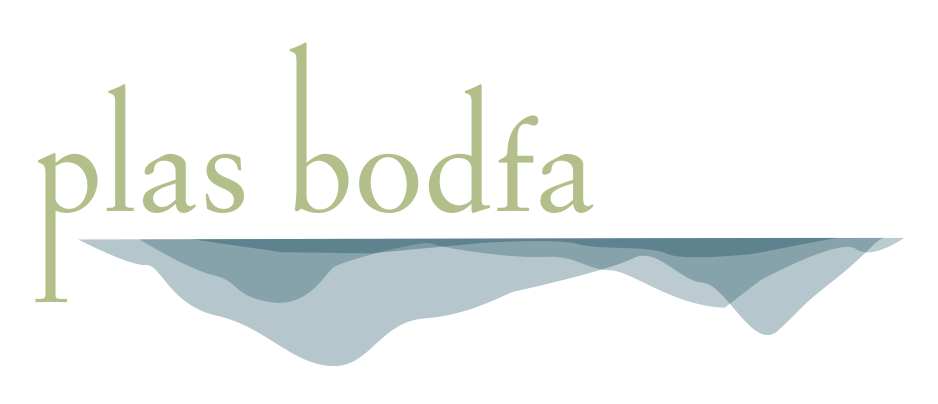Remy Dean
An interview
with Remy Dean
about his multiple:
'Cicorc Conwy’
Where did you make these multiples?
Snowdonia, North Wales.
Any interesting or funny stories in the development of these multiples?
Before setting off on longer than usual voyages, Victorian sailors of "Olde County Conway" would have ‘one’ last drink in the harbour inn. Sometimes, they would make a small model dog with corks and match-sticks. These "cicorcs" would travel with them on long, arduous and often perilous voyages to distant ports in exotic far-off lands. Their tiny cork companions were good luck charms, a superstitious statement of trust in providence that the traveller would return safely and be able to give the cicorc to their children. Also, making a cicorc in a bar served another more practical purpose – it was a signal to other sailors and locals that you were about to set off on an unusually long trip. An unspoken invitation for them to wish you well and buy you a farewell drink, or three…
Tell me about your experience with Unus Multorum and/or Plas Bodfa as it relates to your multiples.
Unus Multorum translates as 'One of the Many', so I was thinking about this in relation to the sense of place (plas) and the location on the island of Anglesey. I was already researching stories of ships that have been wrecked off the coast of Wales, and the busy shipping routes around Anglesey have a long history of maritime tragedies. With help from Coflein, the Royal Commission on the Ancient and Historical Monuments of Wales, and Lloyd’s Register Foundation, I am researching the stories of some of these vessels that have turned the sea bed into a scattered 'underwater museum'. Each Circorc is named after one of those sunken ships. The names of the Unus Multorum edition were selected from those wrecks closest to Plas Bodfa. Each 'One of the Many'... and each life touched by their loss is also one of many.
You choose to make a certain number of Objects in your edition. Why this number?
Since adopting the story of the Cicorc Conwy, I have been making an edition of 10 -13 to tie-in with my stints as Writer in Residence, which are usually annual events. The 2020 edition of 10 is distributed exclusively through Plas Bodfa Objects to tie-in with my writing on the walls for Unus Multorum. This time, the number produced was partly arbitrary: the PVC presentation boxes come in packs of 10. Being influenced by a link in the supply chain linked with aspects of distribution, commerce and dispersion woven in with the story behind the work.
Where do you imagine these multiples to end up?
Hopefully, the Cicorcs will find their way to good homes where they will be displayed, perhaps on a mantelpiece, and bring a touch of delight as they continue their adventures. The story they carry will then live on in the memories of those who read it…
Tell me more about the materials used in your multiple.
Why did you choose this material? What do you like about it?
Truth to materials. The construction uses no adhesive (except for sticking on the eyes and noses) and relies on the properties of cork and wood. I am fond of corks for their historical and cultural connotations and because they are disappearing, increasingly replaced by artificial alternatives. The corks used have come to me from foreign lands, so also tie-in with the theme of overseas travel. The trees that produced the cork and the matchsticks grew from the land itself and are physical 'souvenirs' of other places and times. Corks and match-sticks would have been a plentiful waste product in any Victorian bar, but using these materials is thought to have had another superstitious significance: because corks are unsinkable and will usually return on the tide if thrown into the sea, they were also seen as being sympathetic to a safe return.
Why do you make things (in general)?
I make things to please. Usually, the things I make carry stories with them, or are totems of some larger concept.





